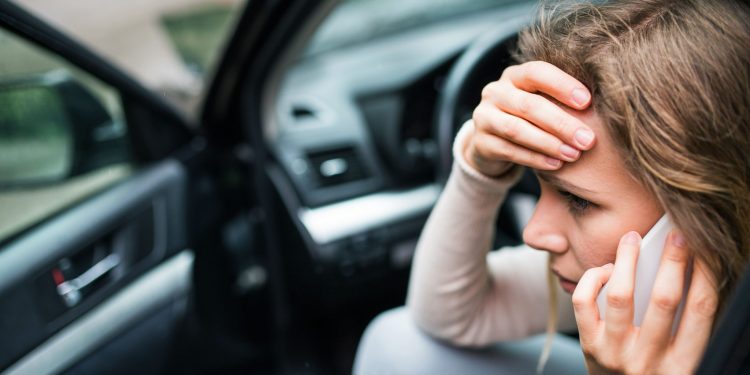According to preliminary estimate, car accidents claimed the lives of more than 42,000 people in 2020 in the US up from 39,107 in the previous year. Despite a decrease of 13% in number of miles traveled, the annual figure saw the biggest increase in the car fatality rate in America in almost a century. Collisions have monumental consequences for the victims due to physical injuries, personal trauma, and damage to property. If you are involved in a traffic accident, it is important to know the basic etiquette and safety protocol so that you are prepared for what will happen afterwards. It can also save you from paying expensive compensations and legal fees. In addition, it will be easier to chase after claims to compensate for material and non-material damage.
Following A Crash
No one can see an accident coming. Often, it occurs in a split of a second and will take you by surprise. Indeed, when a collision occurs, you are likely to panic than stay calm. However, it is critical that you maintain your composure even if everything around you is a wreck. If you know what to do after an accident not your fault or the other party, it can help you make informed decisions in extremely difficult situations. First, check your physical condition and see to it that you do not have injuries after a crash. If seriously hurt, call 911 or emergency services. Remain still and do not move until the emergency response personnel have arrived.
If you are not badly hurt, check the condition of your passengers. Before moving an injured passenger, speak first with an emergency response staff. They can assess the situation and establish if it is safe to relocate an injured person or wait for the arrival of first responders. Go to a safe place such as a sidewalk or the side of a road together with your passengers. In highways, a safe place is to get behind guardrails while waiting for help to arrive.
Moving Your Vehicle
A vehicle that is in the middle of the road is dangerous and must be pulled aside to avoid further accidents. If the car is still starting and is safe to move, drive it to the side or shoulder of the road. However, before doing this, you might want to take photos from several angles to determine who was at fault. Photographs are your proof of the position of the vehicle after the accident helping experts and the police figure out what happened. Bear in mind that safety is your main consideration not only for yourself but also for your passengers and fellow motorists. Hence, if the vehicle won’t start or if you suspect that it is compromised, leave it where it is and evacuate yourself and your passengers. If still running, turn off the engine and put on the hazard lights. Flares can also be put around the vehicle to warn others.
Furthermore, there are several situations where it is not safe to move a vehicle involved in a crash. For example, if the automobile has been totaled or someone is injured and moving the car could aggravate their injuries, then the car should remain where it is. Another situation is if there is a lot of debris on the road. In such circumstances, it is best to leave vehicles where they are because the police will need to reconstruct the accident scene by taking photos. They will also take measurements and gather physical evidence. It is tricky as well to determine who was at fault when the concerned cars are moved from where they stopped after the collision. Hence, in addition to getting in touch with emergency services, you must also call the police. Once the collision report has been filed and if the accident happens in PA, you can search for the Pennsylvania crash report online. Having access to this document is essential for insurance purposes.
Exchanging Information
After it is established that no one has been critically injured in the accident, exchange contact and insurance info with the other party. The name of the insurance company, policy numbers, license plate, and driver’s license number must be communicated to each other. Furthermore, the exact location of the accident and the type, model, and make of cars must be noted. If possible, notify your own insurance provider so that the claims process can already begin.
Do not discuss the accident with the other driver because it is not the job of the drivers to judge who is a fault. Insurance adjusters are responsible for determining who caused the accident using police report and other evidence. They can also interview both drivers to get a complete and more accurate narrative of the incident. Hence, it is also important to obtain a copy of the official accident report and take the names of the responding police officers. If you can, speak with possible witnesses and write down their names and contact information.
Knowing what to do following a motor vehicle crash can prevent further damage to property and injuries to drivers, passengers, and other motorists. It also helps in preparing the right documentation for insurance and claims purposes.





